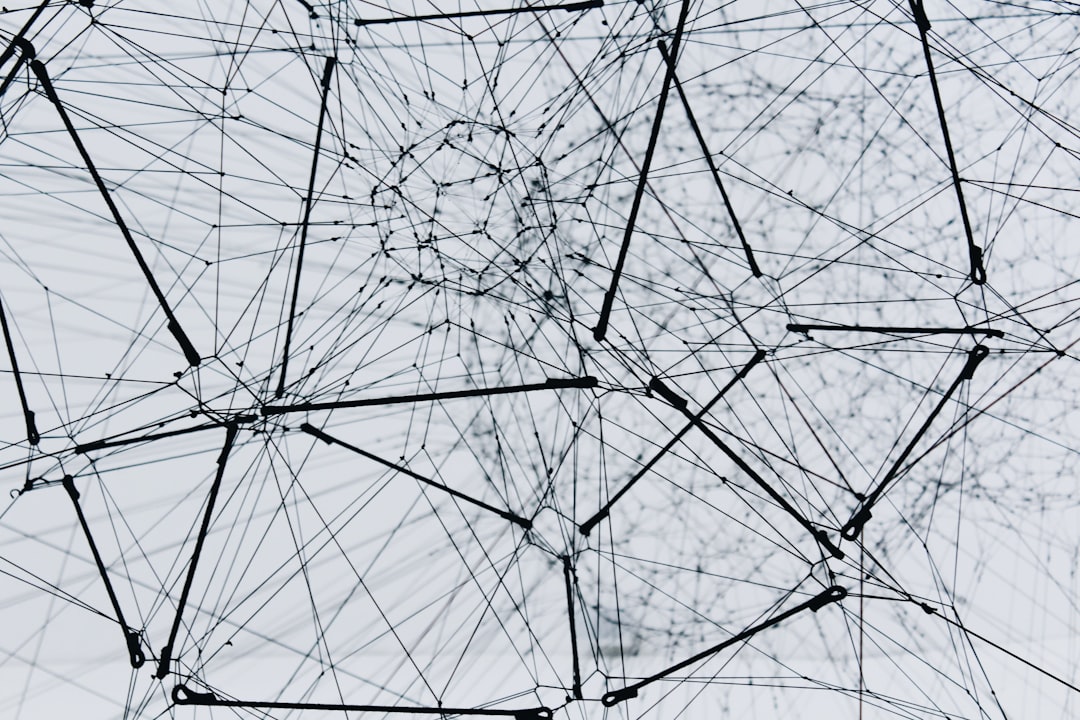What is it about?
The spike (S) protein of Middle East respiratory syndrome coronavirus (MERS-CoV) mediates viral entry into host cells. For this, MERS-S depends on processing by host cell proteases and two cleavage sites have been identified: The first one, termed S1/S2 site, is located between the surface unit S1 and the transmembrane unit S2. The second one is located in the S2 subunit and is termed S2’ site. We found that an intact S1/S2 site is only required for entry when S protein cleavage depends on the host cell protease TMPRSS2. In contrast, an intact S2’ site was universally required, irrespective of whether the S protein was cleaved by TMPRSS2 or the endosomal cysteine protease cathepsin L.
Featured Image
Why is it important?
Our results show that TMPRSS2 cleaves MERS-S at the S2’ site and confirm the concept that precleavage at S1/S2 is required for subsequent cleavage and activation by TMPRSS2.
Perspectives
Future studies need to reveal whether S protein processing by TMPRSS2 is essential for MERS-CoV spread in human patients.
Professor Stefan Pöhlmann
German Primate Center
Read the Original
This page is a summary of: Functional analysis of potential cleavage sites in the MERS-coronavirus spike protein, Scientific Reports, November 2018, Springer Science + Business Media,
DOI: 10.1038/s41598-018-34859-w.
You can read the full text:
Contributors
The following have contributed to this page










